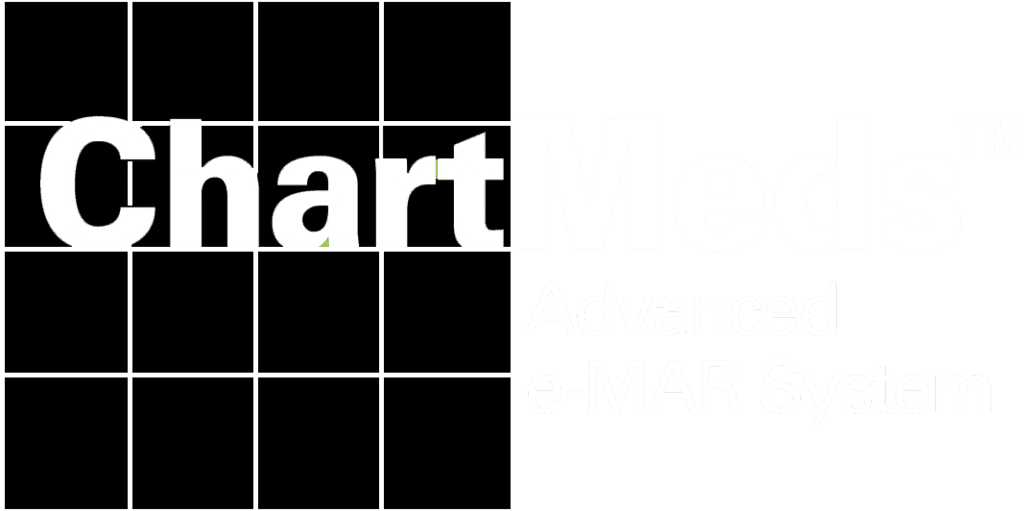Healthcare is always changing, and a big part of that change is how we use technology to communicate with and care for patients. It’s not just about having a website that’s easy to use or a new app. It’s about making sure that technology helps us connect with patients in a more human way.
Think about the people who work in healthcare—the nurses, doctors, and staff. They’re the ones who really get to know the patients. When they use technology, it’s not just about typing into a computer. It’s about making their jobs easier so they can spend more time talking to and helping patients.
For example, after the COVID-19 pandemic, hospitals and clinics started looking at how to make sure they could still give great care without making things too complicated or impersonal. They found that the right technology can make a huge difference, like helping keep track of a patient’s treatment so nothing gets missed.
But technology only works if the staff knows how to use it well. So training is key. It’s like giving them a new tool that can help them do their jobs better, which means patients get better care.
And when patients understand what’s going on with their health, they can make better choices. Health officials say that’s really important. When patients get involved in their health care, they tend to have better results.
So, for a hospital or clinic to really focus on patients, they need to have the right tools and systems in place. That way, they can make sure that every interaction with a patient is helpful, whether it’s in-person or online.
In this guide, we’ll discuss more about what these tools and systems look like and how they make things better for both patients and healthcare workers.
Connecting Operational Infrastructure and Patient Engagement Solutions
For a healthcare organization, an effective operational infrastructure is one that supports data-driven, patient-centered care. Tools like electronic health records and enterprise resource planning software make it easy to store and retrieve accurate information in real-time. This enables seamless coordination between patients and providers.
Let’s take a closer look at the tools that develop operational infrastructure and enhance patient engagement.
Using Software as Patient Engagement Solutions
Electronic Health Records
Electronic health records, or EHRs, are like a digital version of a patient’s paper chart but much better. They let doctors and nurses update a patient’s health information quickly, and anyone on the patient’s healthcare team can see these updates right away, no matter where they are. This means everyone involved in a patient’s care knows exactly what’s going on, which helps patients stay up-to-date and be more involved in their healthcare.
Enterprise Resource Planning
Think of Enterprise Resource Planning, or ERP, as the logistical brain of the hospital that helps everything run smoothly. It ties together all the important parts of the hospital:
- Staff management and payroll
- Money management and bookkeeping
- Keeping track of medical supplies
Using the right ERP system makes sure that all of the diverse needs across multiple departments of the organization are documented and communicated. When everything is in sync, the administrative staff is able to more easily catalog individual departmental needs and meet them. This ensures that the staff is then empowered to provide the best care they possibly can.
Revenue Cycle Management
Revenue Cycle Management (RCM) plays a pivotal role in healthcare, tracking the financial aspects from the initial appointment scheduling to the final payment of a bill. Effective RCM software provides hospitals with several benefits:
- Streamlined Financial Organization: Sophisticated RCM tools keep a hospital’s finances in meticulous order, ensuring that operations proceed without a hitch. This level of organization is critical for preventing billing inaccuracies, which, in turn, protects patients from unexpected charges.
- Enhanced Billing Systems: By offering a variety of payment options, including user-friendly online transactions, RCM systems make it easier for patients to manage their medical expenses. This flexibility can alleviate the stress of healthcare costs, making the payment process as painless as possible.
- Data-Driven Operational Planning: RCM systems analyze financial data to identify trends, enabling healthcare facilities to anticipate and swiftly adapt to the changing needs of their patients. This proactive approach can reduce wait times and improve the overall efficiency of care delivery.
When patients are provided with transparent, straightforward billing and convenient payment solutions, their trust in the healthcare system grows. Additionally, the administrative burden on healthcare providers is also lessened, allowing them to devote more energy to their primary mission—delivering quality patient care.
The incorporation of transparent billing practices not only aligns with the stipulations of the No Surprises Act but also significantly reduces the stress associated with medical expenses. Additionally, it allows healthcare practitioners to concentrate on delivering patient-centered care, knowing that the financial aspects are handled efficiently and compliantly.
Patient Encounter Management for Chronic Disease Treatment
Navigating chronic disease treatment requires an integrated approach, and a digital-first strategy significantly improves patient engagement and health outcomes. Healthcare providers are utilizing sophisticated Electronic Health Record (EHR) systems to track every detail of a patient’s care journey. This is especially crucial for those with chronic conditions who have frequent healthcare interactions; digital systems ensure every visit, treatment, and communication is recorded in a continuous story of care.
The limitations of old-fashioned record-keeping often result in a fragmented healthcare experience, with gaps between scheduled and actual patient visits. This can disrupt the delivery of coordinated care from teams of specialists.
Modern EHR platforms, however, operate in the moment, allowing for the immediate exchange of accurate patient data. This real-time functionality grants every healthcare professional involved—whether they’re a specialist or a general practitioner—access to the latest patient information, promoting an integrated approach to treatment.
Digital-first tactics do more than just smooth out the continuity of care—they actively engage patients in their health. With these advanced systems, patients receive tailored health insights, timely reminders for medication and appointments, and easier ways to reach out to their healthcare team. As a result, patients become key players in their healthcare, better informed and more proactive in managing their conditions.
This combination of human-centered design and technology leads to care that transcends efficiency; it becomes empathetic, adaptable, and finely tuned to the individual needs of those managing chronic diseases.
Online Scheduling
Online scheduling systems are transforming how patients interact with healthcare services. By offering the ability to book appointments with ease, these digital tools are especially beneficial for individuals using walk-in clinics or seeking flexible public health services.
Patients appreciate the straightforward design of these platforms, which lets them choose times and services that fit their lives, doing away with the complexities of older booking methods. This enhances their experience by focusing on what’s most convenient and accessible to them.
Healthcare workers find these systems just as useful. They help manage patient flow through customizable processes that fit various healthcare services, ensuring everything runs smoothly. The software’s ability to integrate additional services as needed means that no matter the demand, the system can handle it without a hitch.
Centralized scheduling also means that healthcare teams can stay connected with patients, sending reminders that help cut down on no-shows and promote better health practices. This organized tracking of appointments allows for tailored patient attention, showing a dedication to care that’s as individual as the patients themselves.
On-Demand Reporting
On-demand reporting refers to software systems that enable users to generate and distribute reports in real time. On-demand reporting involves rapidly sorting data to create highly customized reports with minimal manual effort. For healthcare teams, on-demand reporting facilitates quick decision-making and improves communication with patients.
Benefits of Enhanced Patient Engagement in Public Health
Active patient participation is pivotal to the success of public health initiatives. Engaged patients frequently engage in dialogue with their healthcare providers, fostering a robust trust that is vital for effective care. Thanks to these helpful behaviors, there’s a direct relationship between patient engagement and improved treatment outcomes.
For programs that adopt a comprehensive view of health—recognizing physical, mental, and social factors—encouraging patient involvement is critical. It provides healthcare teams with valuable insights into the effectiveness of treatment plans and empowers them to tailor care to individual patient needs. This collaborative effort between patients and providers not only enhances care strategies but also strengthens the patient’s role in their health journey, leading to improved wellbeing.
Boost Patient Engagement for Your Public Health Organization
At Integrative, we provide busy healthcare teams with software that streamlines operations and makes it easier to engage with patients. Contact Integrative today to learn more and to schedule a product demo.
